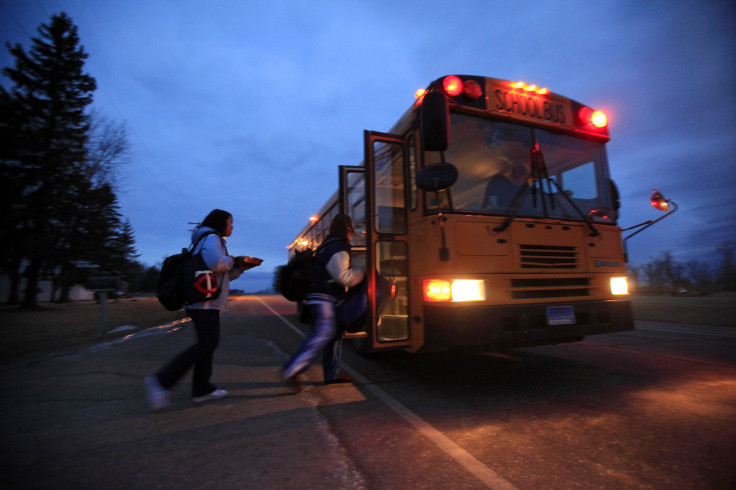US Schools Gear Up For Spike In Child Migrant Enrollments

As the school year begins for American children across the U.S., so too it starts for the tens of thousands of child migrants who have entered the country from Central America this year. Between January and July, more than 37,000 unaccompanied child migrants have joined adult sponsors and family members in communities across the nation, the U.S. Department of Health and Human Services, or HHS, reported. As a result, school districts are bracing for a surge in enrollments.
Under federal law, all children in the U.S. are entitled to a public-school education, regardless of immigration status, and thousands of Central American child migrants who have come to the country in escalating numbers since 2011 already have been attending school. But the stage is now set for a large enrollment spike, as 62,000-plus unaccompanied children have entered the country from October of last year to July of this year -- about double the 31,000-plus who did so during the comparable previous 10-month period, the U.S. Border Patrol said (PDF).
Typically, after crossing the border and staying in shelters funded by HHS, unaccompanied children are reunited with family members in the U.S., who generally live in cities with large immigrant populations.
New York, California, Texas and Florida -- states with significant Central American immigrant populations -- have received the highest numbers of unaccompanied minors this year. Maryland and Virginia each has also taken in more than 2,000 child migrants since January.
Local school districts in these states have already seen sharp upticks in enrollments over the past year, and they are scrambling to prepare for more as the new school year gets under way. The number of Honduran immigrants enrolling in San Francisco public schools has doubled in the past year, the San Jose Mercury News reported. Miami-Dade County also enrolled 300 new immigrant students during just three months last spring, a source told the Miami Herald. And the Los Angeles Unified School District is planning for 1,000 new enrollees for the coming school year, its superintendent told the Los Angeles Times.
With these surges in enrollments, local districts are anxious about securing enough funding to provide the services these children would need. New immigrant students, especially those who have endured psychological trauma in their home countries or during their journeys to the U.S., would require English literacy classes, discounted meal plans, counseling and social-worker services.
Schools receive federal funding for immigrant students with limited English-speaking ability under Title III of the No Child Left Behind Act. States can allocate as much as 15 percent of these funds for newly arrived students, Education Week reported. But some communities fear existing funds will not be enough, depending on how this year’s numbers stack up. As a result, the superintendent of Miami-Dade County Public Schools requested additional federal funding to accommodate an unknown increase in students. But the federal government -- still facing partisan deadlock over allocating funds to support border enforcement, immigration courts and child-migrant shelters -- so far has not authorized any additional money for states that have taken in child migrants.
© Copyright IBTimes 2024. All rights reserved.












